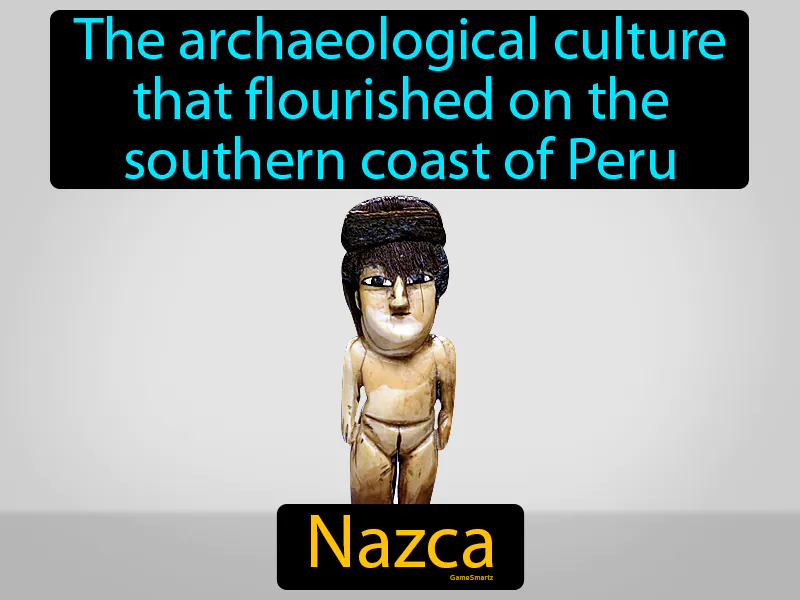Nazca
Nazca: Easy to understand
The Nazca civilization thrived from around 100 BC to 800 AD, known for its impressive geoglyphs, pottery, and advanced aqueduct systems. These geoglyphs, called the Nazca Lines, were created by removing rocks to reveal the ground beneath and are still a mystery regarding their purpose, possibly religious or astronomical. The Nazca people addressed the challenge of living in a desert environment by developing innovative underground aqueducts to supply water for agriculture. Today, the Nazca Lines still intrigue and attract tourists, revealing the creativity and engineering skills of ancient cultures. This connection to history encourages us to appreciate and preserve cultural heritage, showing how ancient solutions can inspire modern environmental and technological innovations.

Practice Version

Nazca: The archaeological culture that flourished on the southern coast of Peru. Nazca. Nazca is an ancient civilization known for creating the famous Nazca Lines, which are large geoglyphs in the desert.